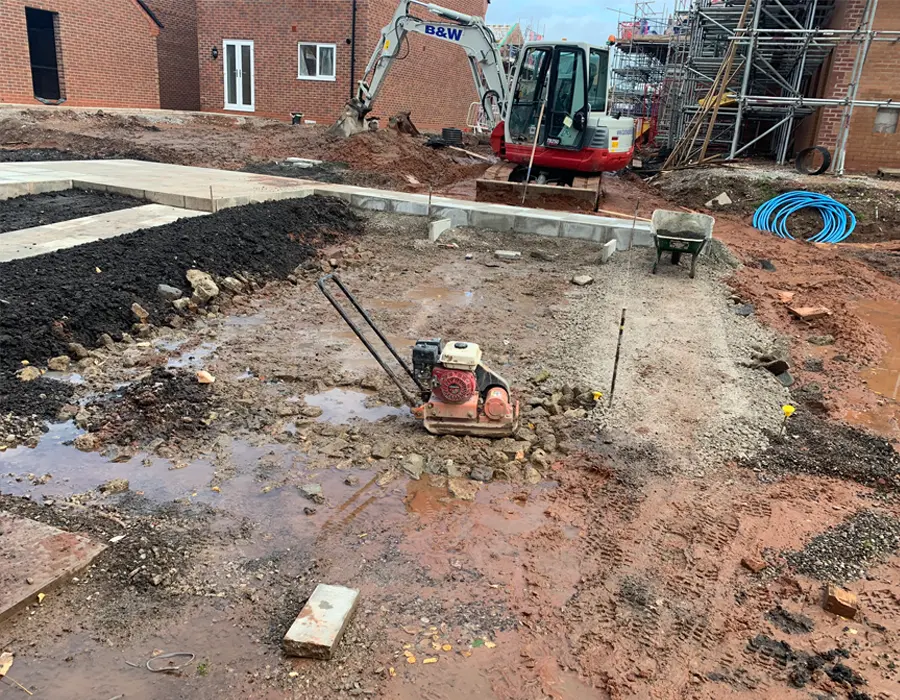Furthermore, geoenvironmental reports serve as a cornerstone for sustainable land use planning and management. By integrating geological data with environmental considerations, policymakers and land managers can develop strategies that balance economic development with environmental conservation. Whether it’s determining suitable locations for infrastructure projects or designating protected areas for biodiversity conservation, geoenvironmental reports provide the scientific foundation for informed decision-making that promotes long-term sustainability.
In addition to their practical applications, geoenvironmental reports contribute to our scientific understanding of the Earth’s dynamics and evolution. By studying geological formations, fossil records, and sedimentary layers, researchers can reconstruct past environmental changes and predict future trends. This interdisciplinary approach not only advances our knowledge of Earth sciences but also informs broader discussions on climate change, natural resource management, and ecosystem resilience.
In conclusion, geoenvironmental reports are indispensable tools that bridge the gap between geology and environmental science. From assessing geological hazards to guiding sustainable land use practices, these reports offer valuable insights that shape our understanding and management of the environment. As we continue to face environmental challenges in the 21st century, the importance of geoenvironmental reports in fostering informed decision-making and environmental stewardship cannot be overstated.


